Exploring the Beauty and Significance of African Dresses
African Dresses
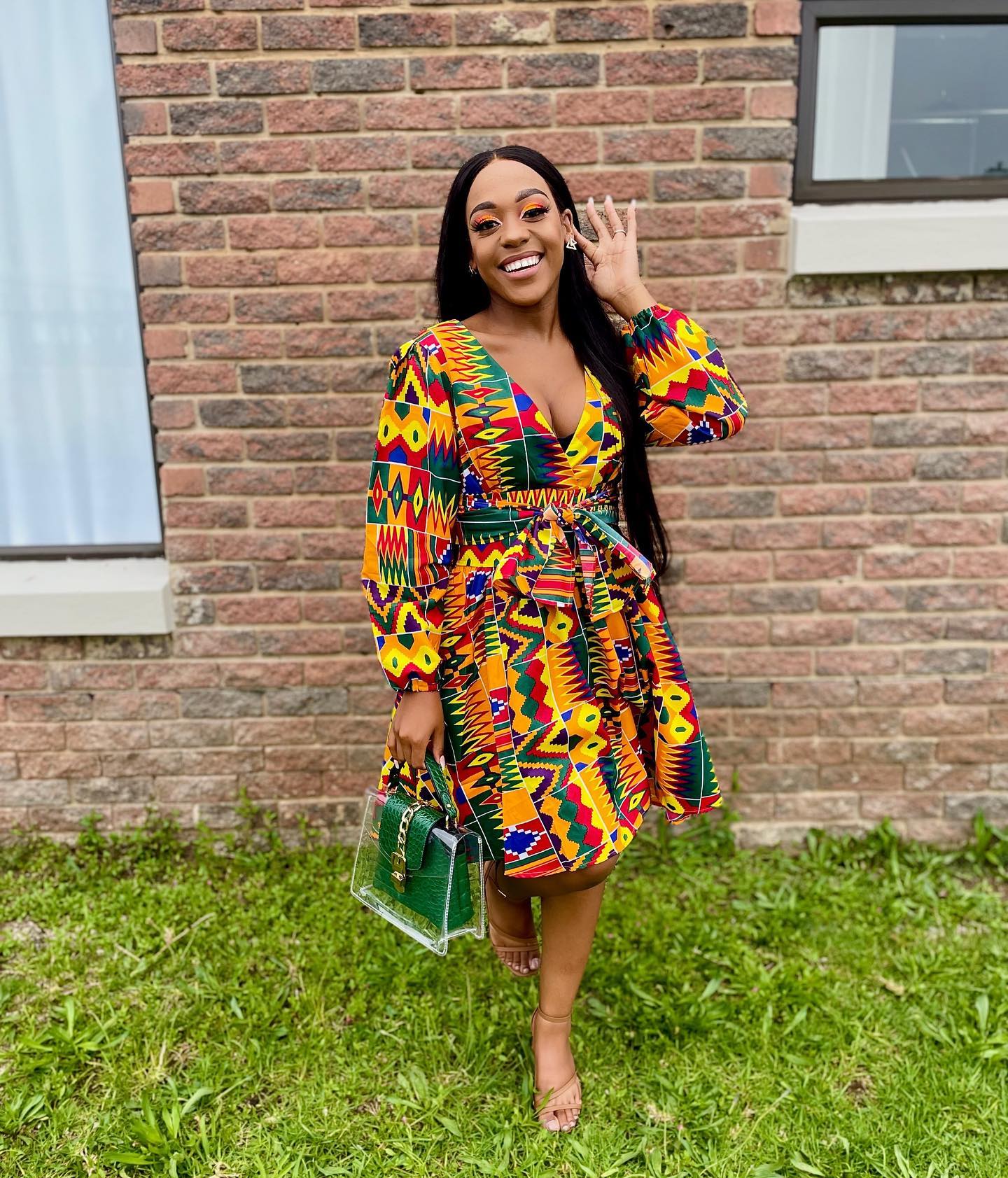
African Dresses fashion is a vibrant and diverse tapestry of colors, patterns, and traditions. Among the many captivating styles that have emerged from the continent, Shweshwe dresses hold a special place. These dresses are not just garments; they are a symbol of African heritage and culture. In this article, we delve into the world of African Shweshwe dresses, exploring their history, significance, and enduring popularity.
The Origins of African Dresses Fabric
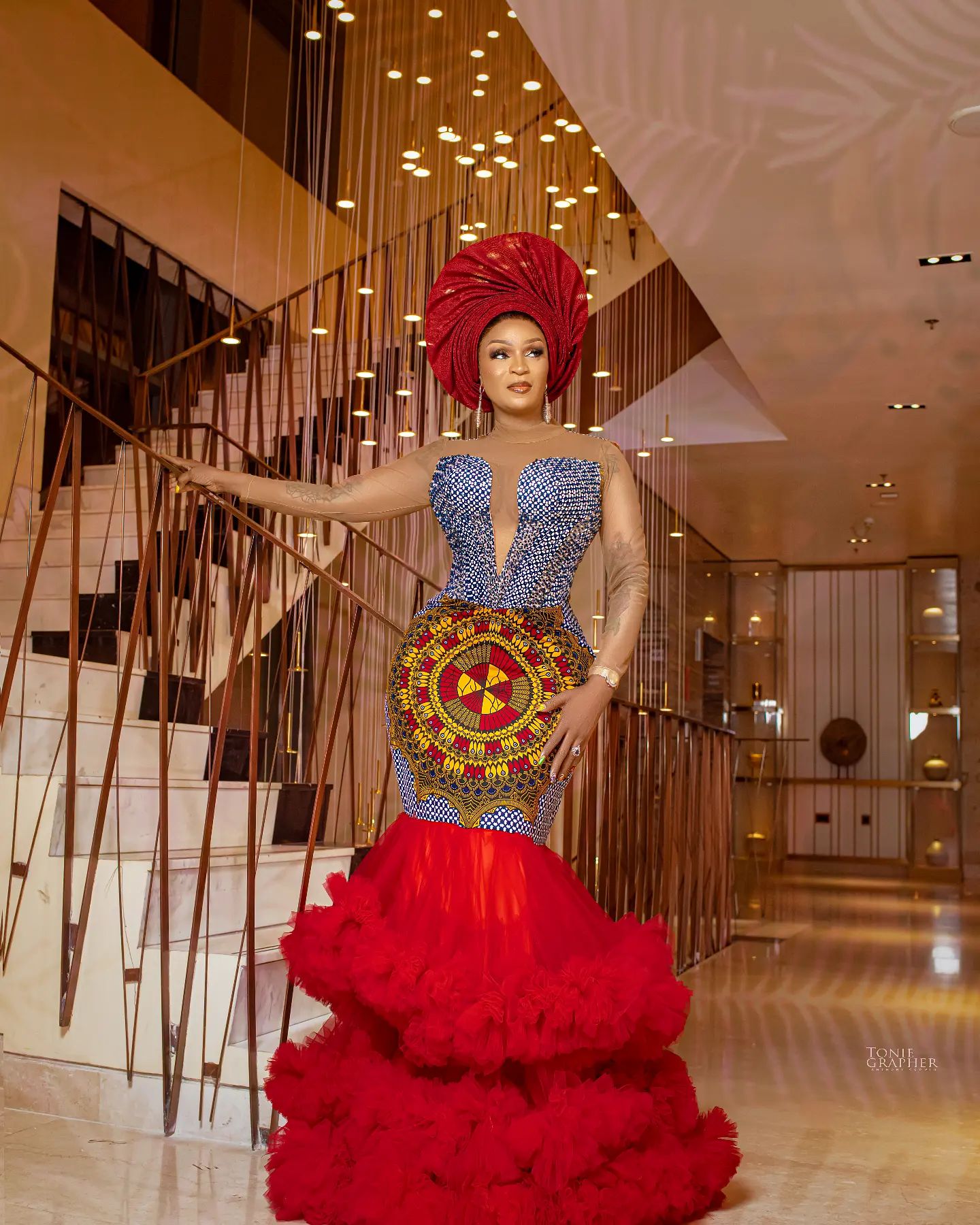
Shweshwe fabric, also known as isishweshwe or shoeshoe, is a distinctive cotton fabric that features intricate geometric patterns and vibrant colors. Its history can be traced back to the 19th century when European settlers introduced it to South Africa. The fabric is believed to have been inspired by traditional indigo-dyed fabrics from India and Indonesia, yet it has evolved into a uniquely African textile.
Geographical and Cultural Diversity
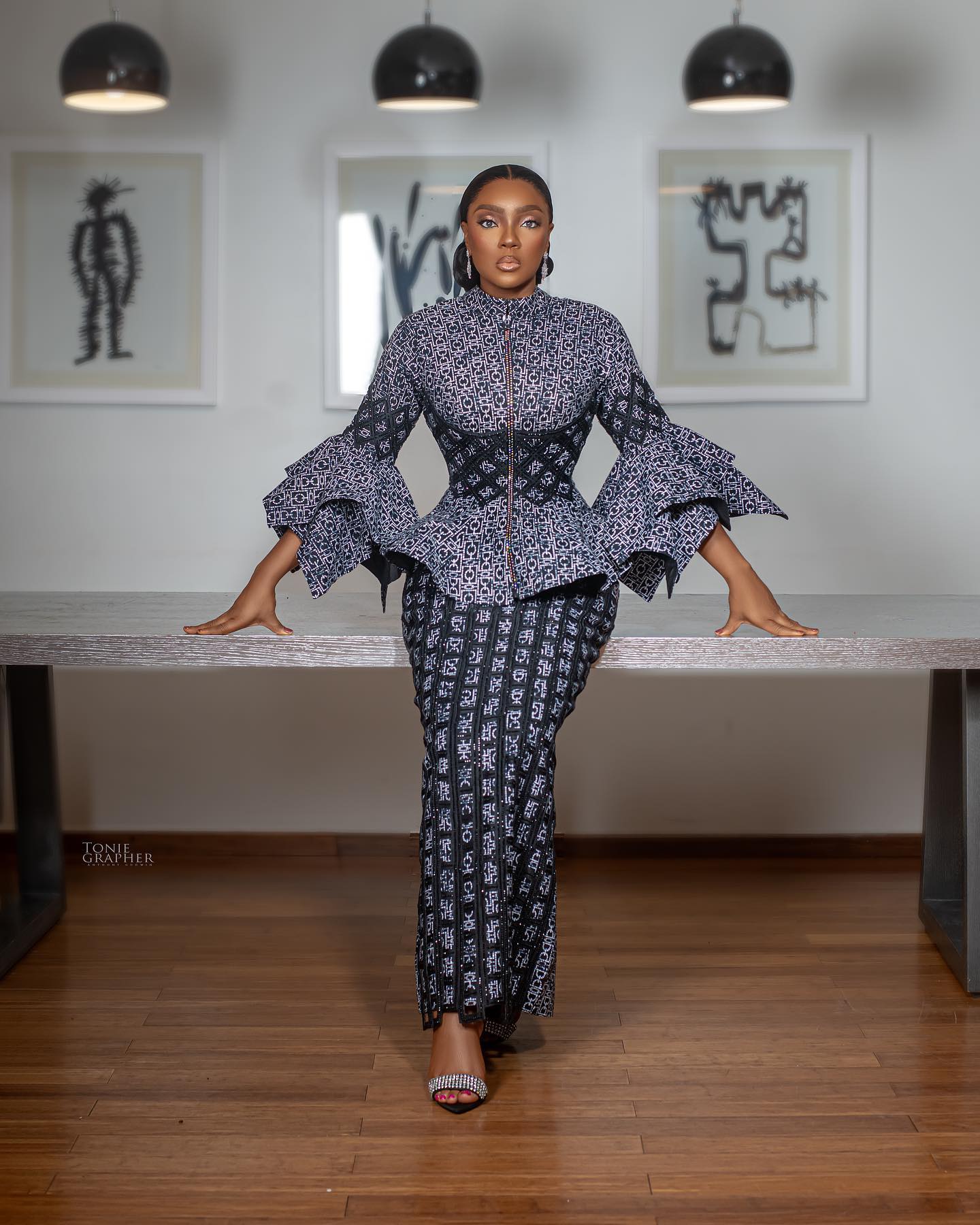
African Dresses are not limited to a single African culture; they are embraced by various ethnic groups across Southern Africa. Each culture has its own name for the fabric and distinct styles associated with it. For example, the Xhosa people refer to it as ‘iJeremani,’ the Sotho as ‘Seshoeshoe,’ and the Tswana as ‘German print.’ These styles often reflect the wearer’s cultural identity and are worn for specific occasions and ceremonies.
Symbolism and Cultural Significance
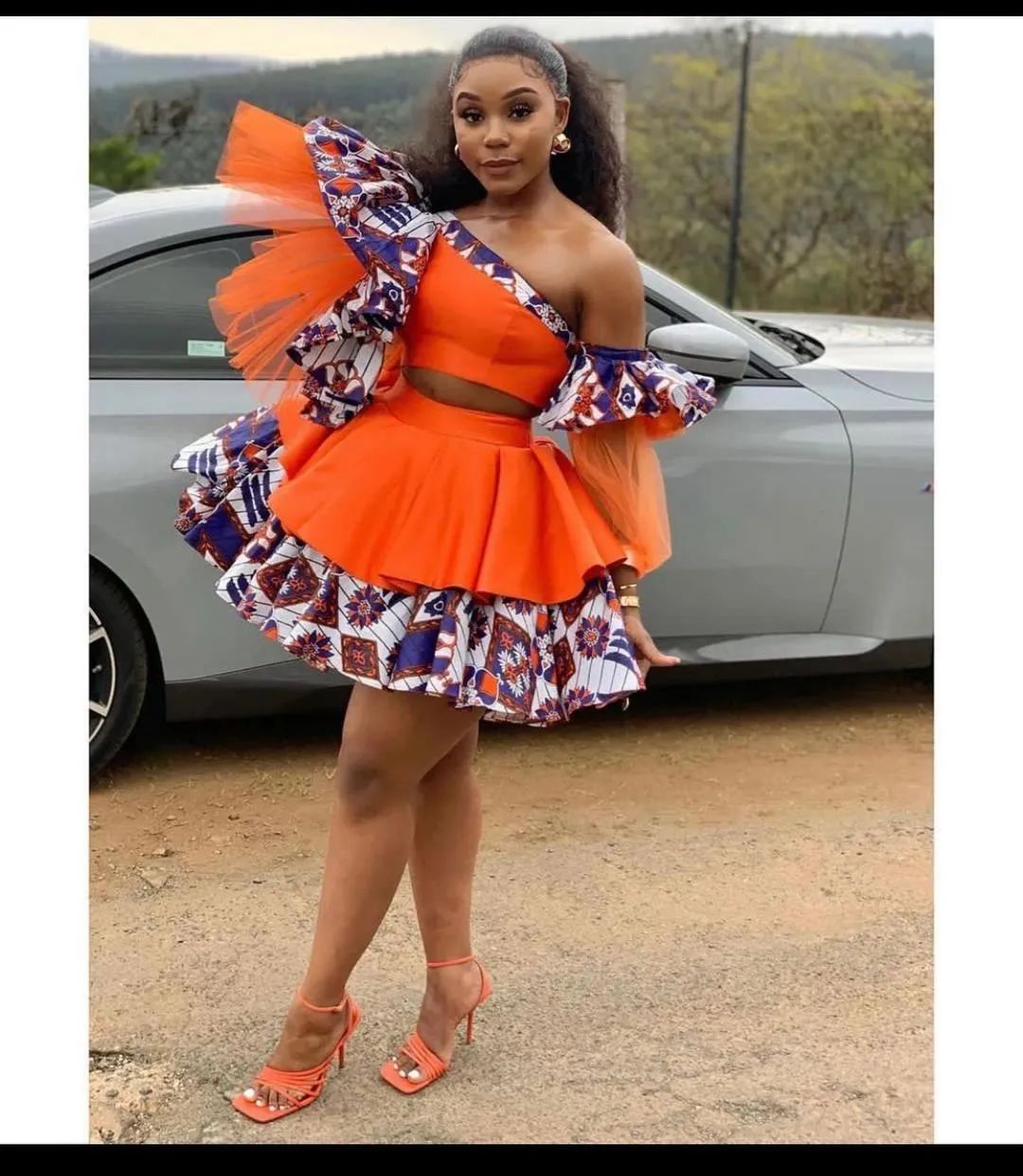
African Dresses hold profound cultural significance. They are worn during important life events such as weddings, funerals, initiation ceremonies, and celebrations. The choice of Shweshwe fabric and dress style can convey messages about a person’s cultural background, social status, and even personal history. These dresses are more than just clothing; they are a way for individuals to connect with their roots and express their identity.
Evolution and Modernization
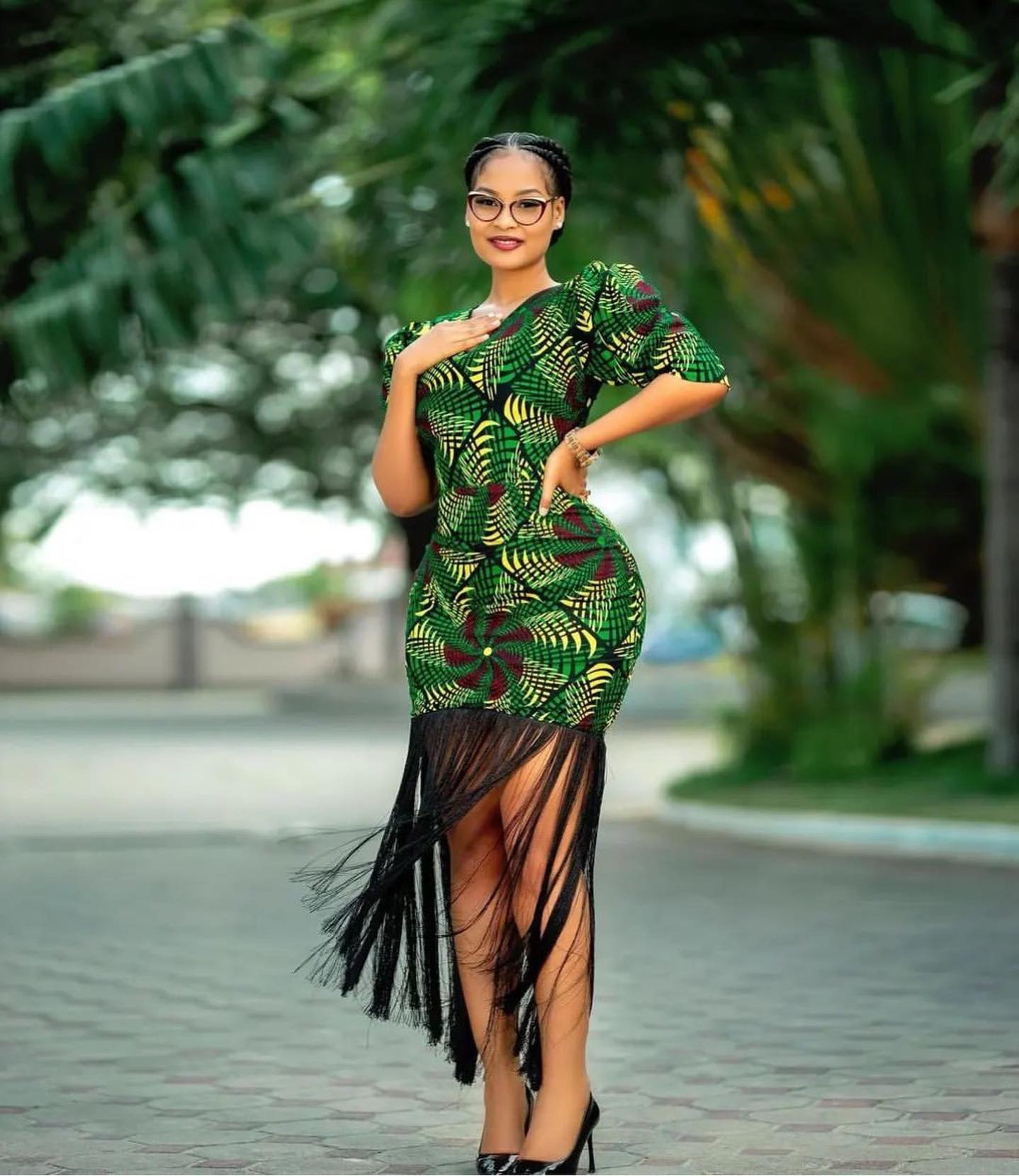
While traditional African Dresses continue to be cherished, they have also evolved with the times. Contemporary fashion designers and tailors have embraced Shweshwe fabric and incorporated it into modern, trendy designs. This evolution has made African Dresses more versatile, allowing them to be worn not only for cultural events but also for everyday wear, formal occasions, and international fashion shows.
Global Recognition African Dresses
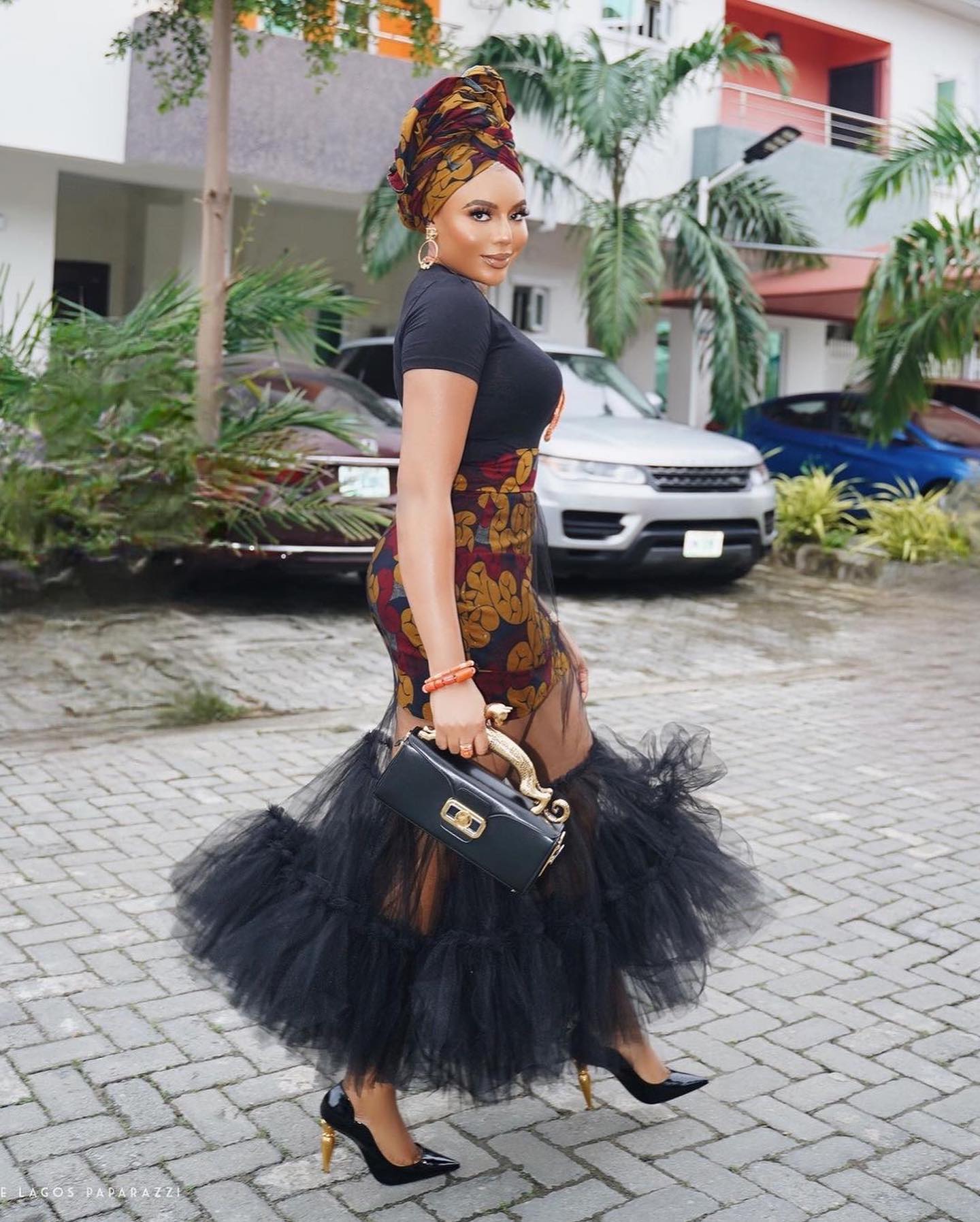
The allure of Shweshwe dresses has transcended African borders. They have gained popularity worldwide and are often featured in international fashion collections and magazines. Many African diaspora communities also proudly incorporate Shweshwe fabric into their clothing styles, further highlighting its global appeal.
Artistry and Craftsmanship
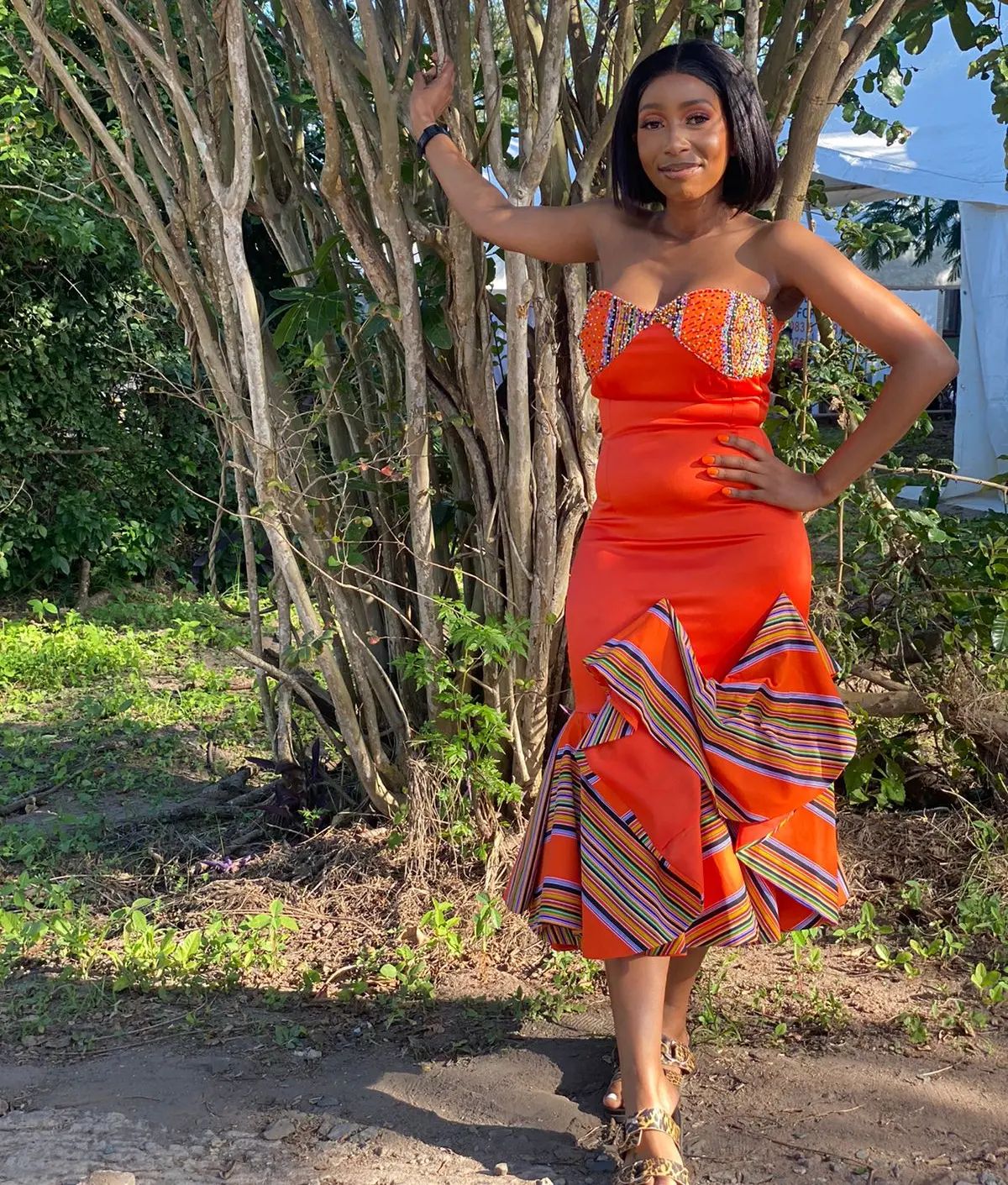
Creating African Dresses is a labor of love and skill. Tailors and seamstresses carefully select and cut the fabric to create intricate designs that reflect the rich cultural heritage of the wearers. These dresses are a testament to the craftsmanship of South African Dresses artisans.
Celebrity Endorsement

South African celebrities, including musicians, actors, and politicians, frequently don Shweshwe dresses for red carpet events and public appearances. Their endorsement has not only popularized these dresses but also celebrated this unique African Dressest radition.
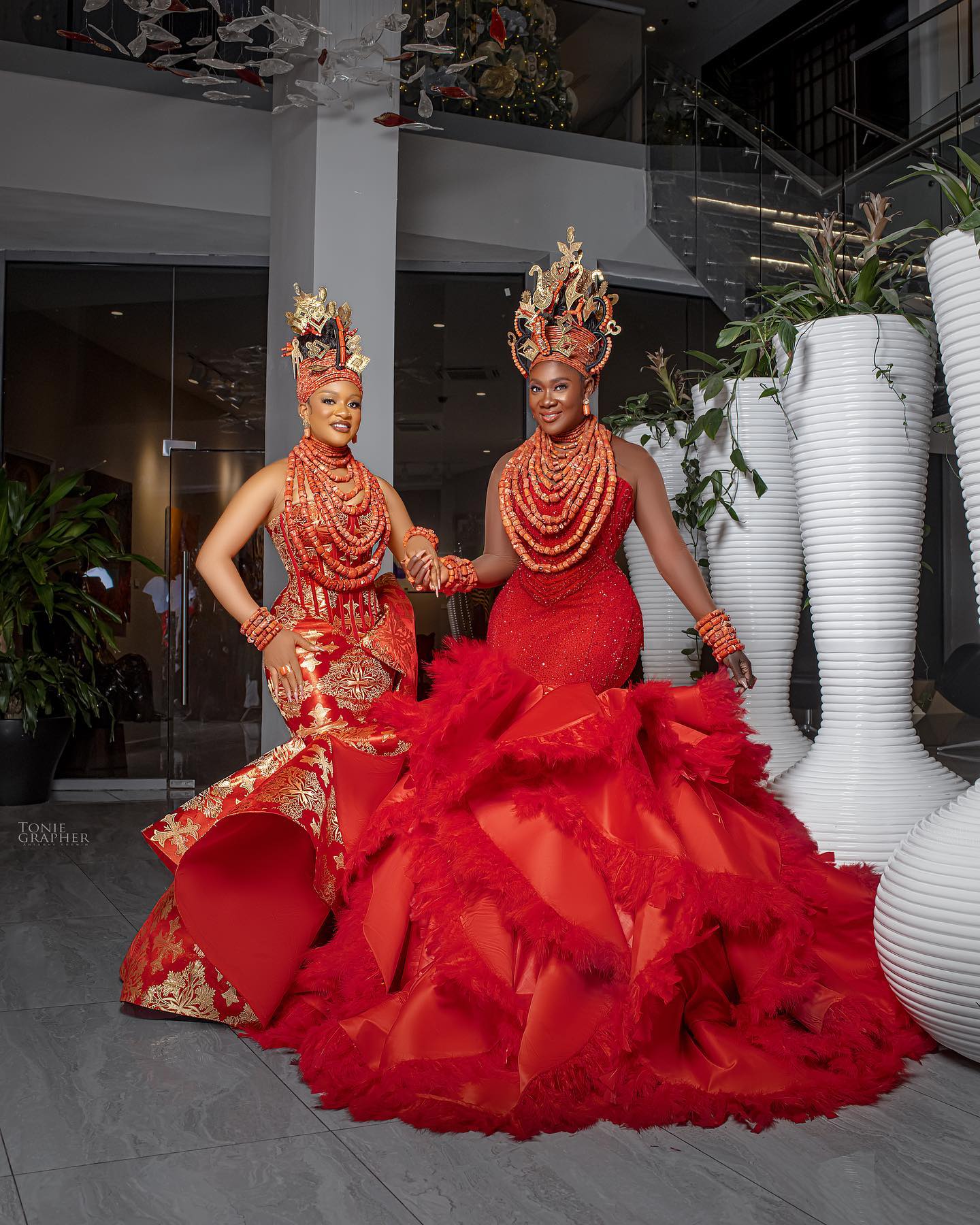
African Shweshwe dresses are more than just garments; they are a manifestation of heritage, culture, and identity. These dresses have a deep-rooted history and continue to evolve, making them relevant in today’s global fashion scene. Their significance extends beyond clothing, serving as a source of pride and connection for people of African descent around the world. As the fashion world continues to embrace diversity and cultural richness, Shweshwe dresses stand as a shining example of Africa’s enduring influence on the global stage.
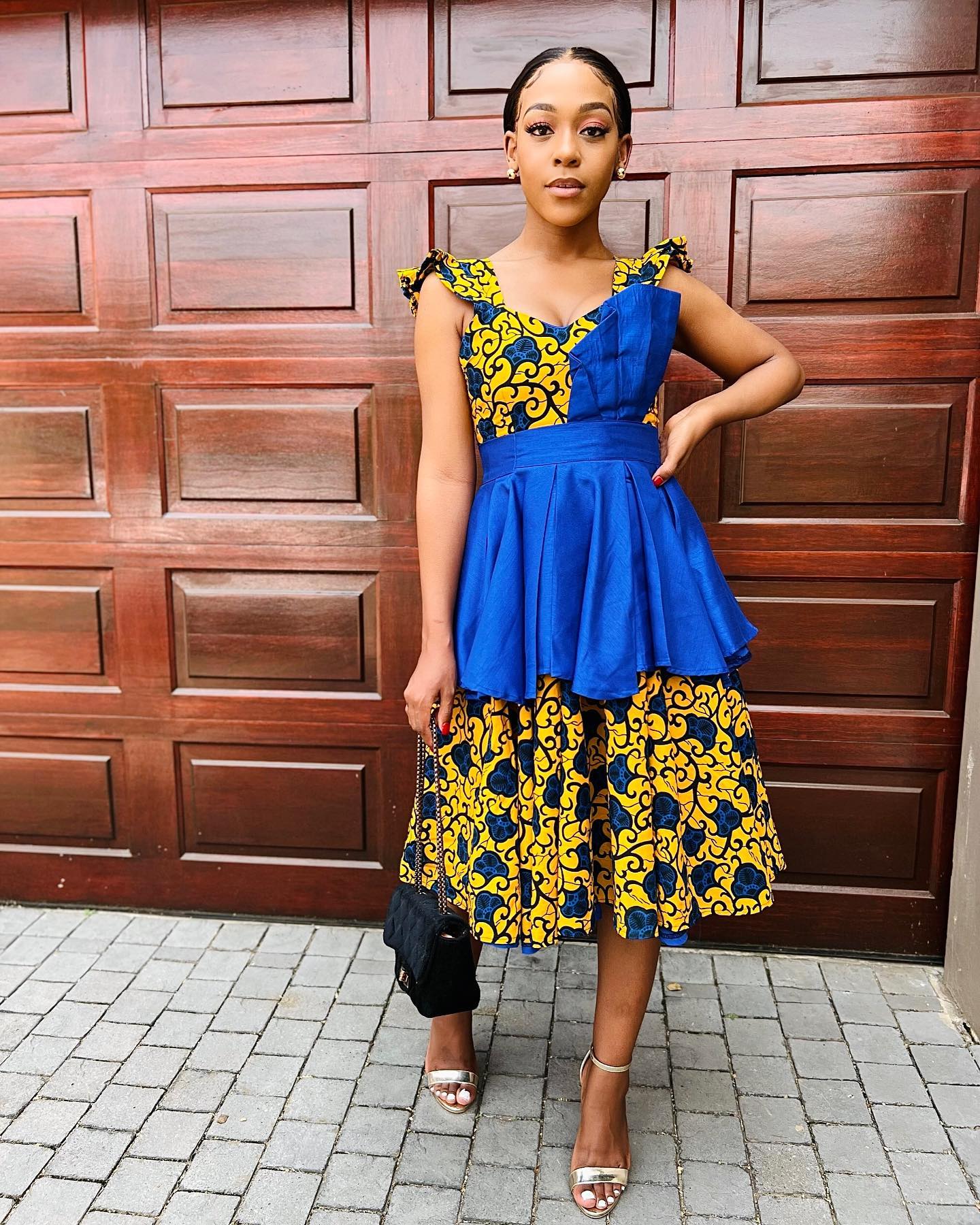
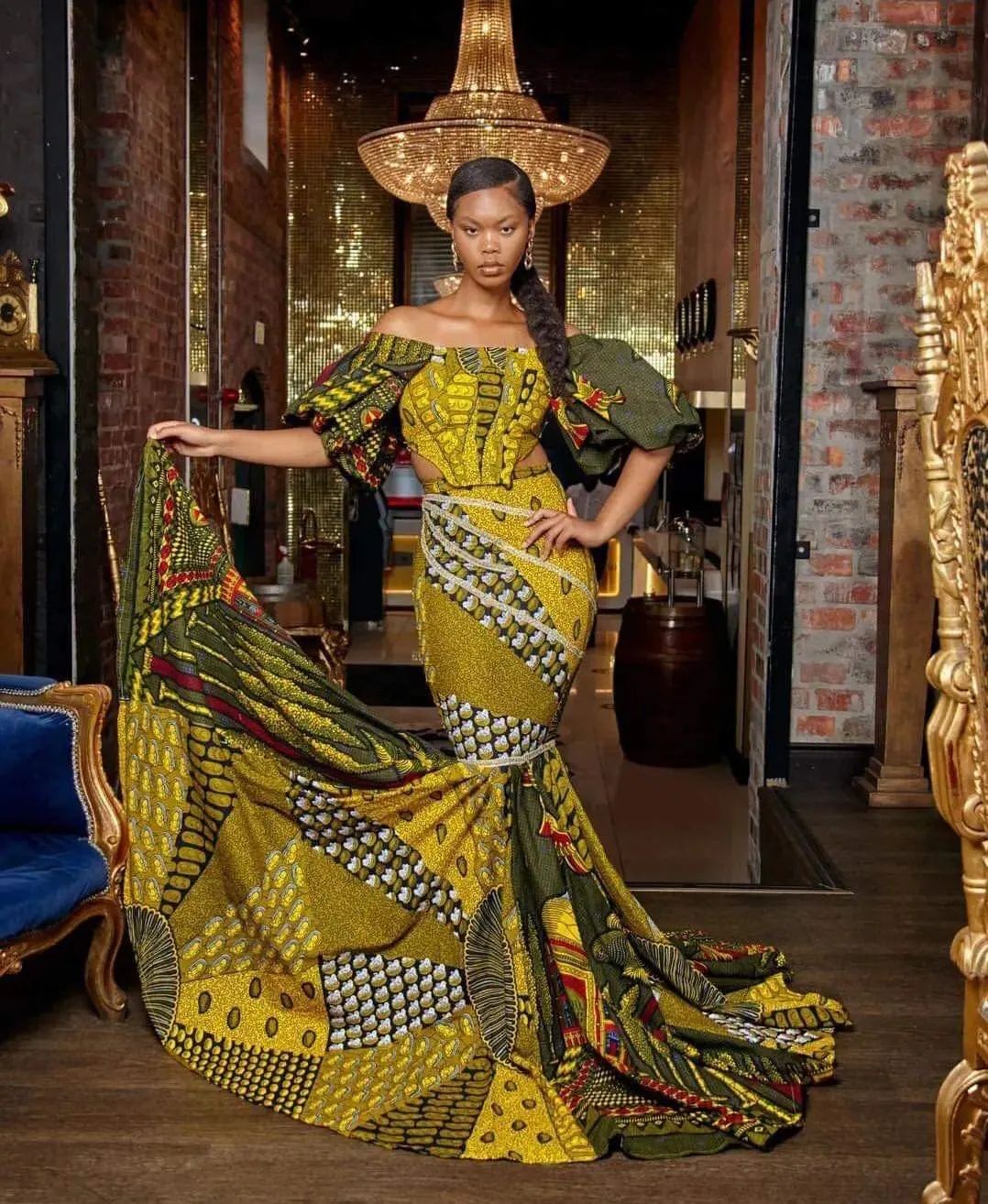
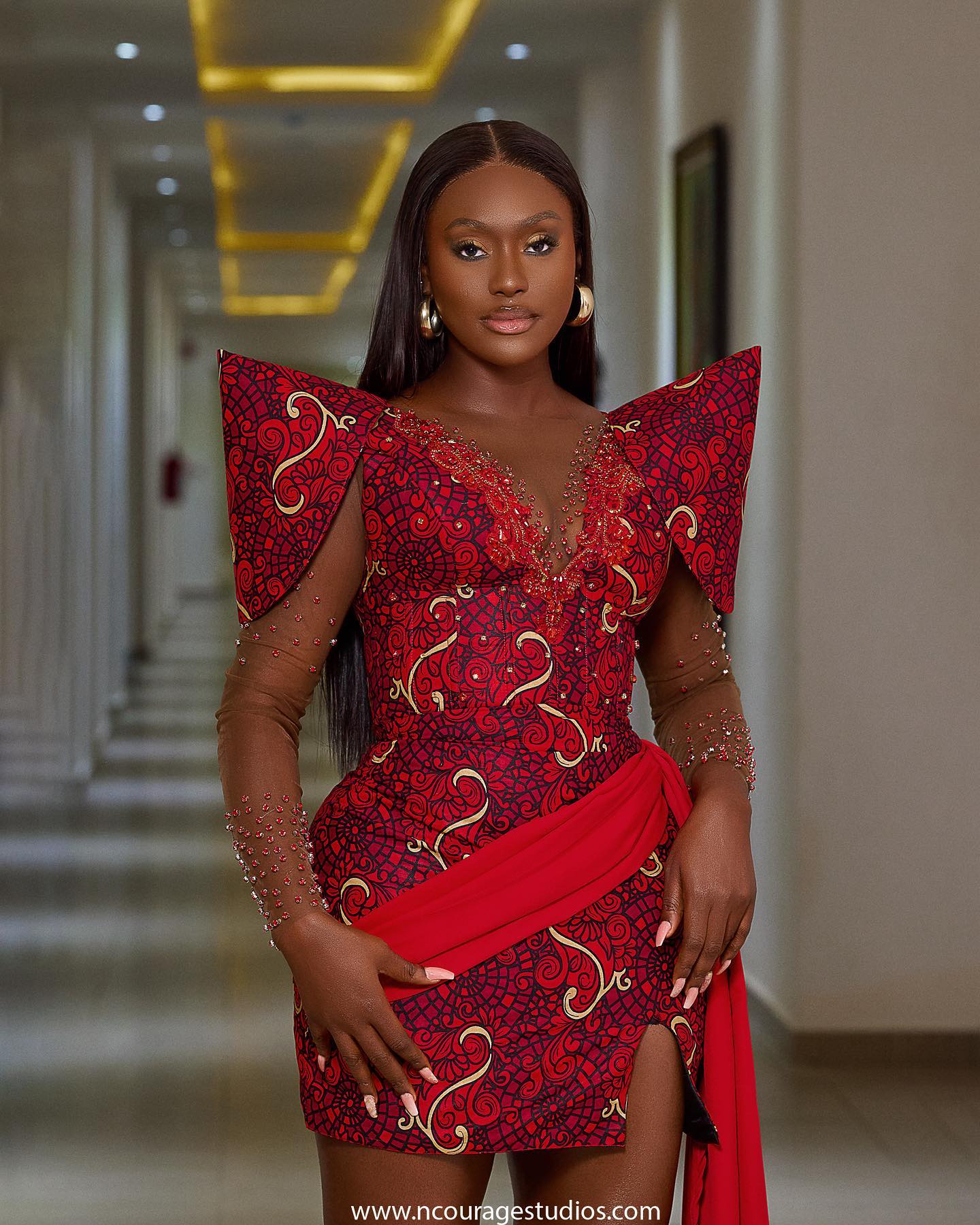
Comments are closed.